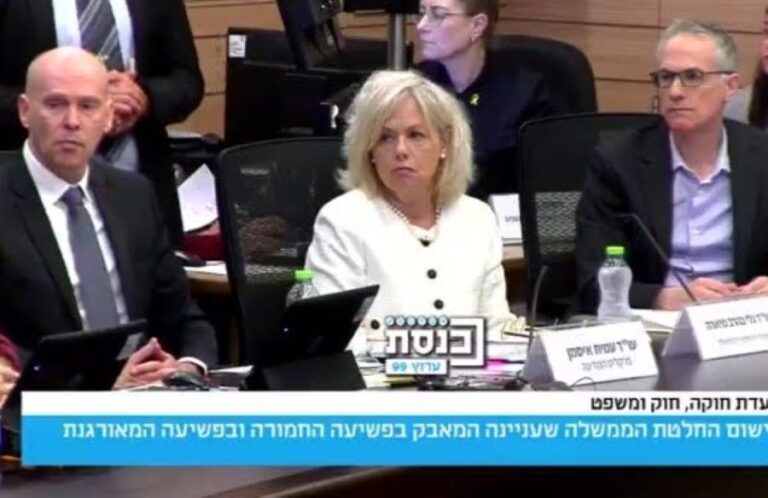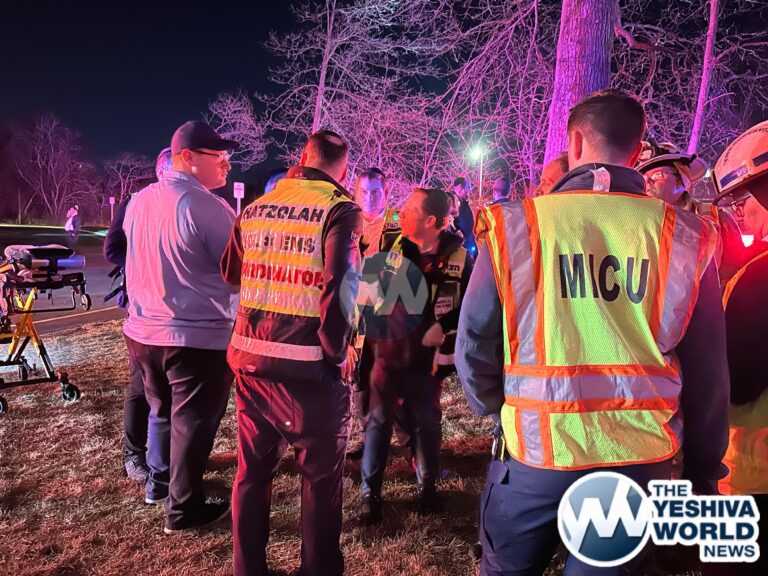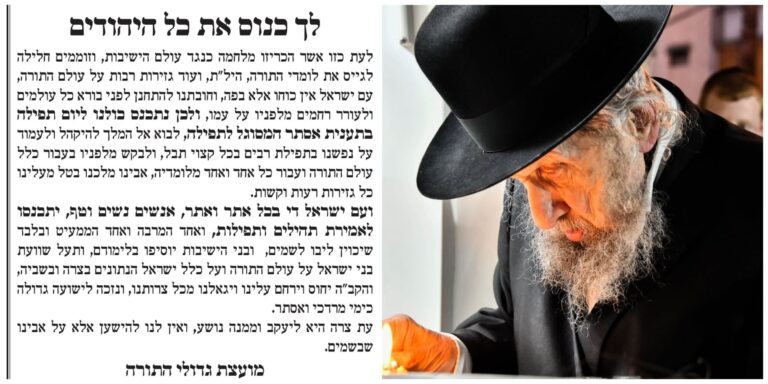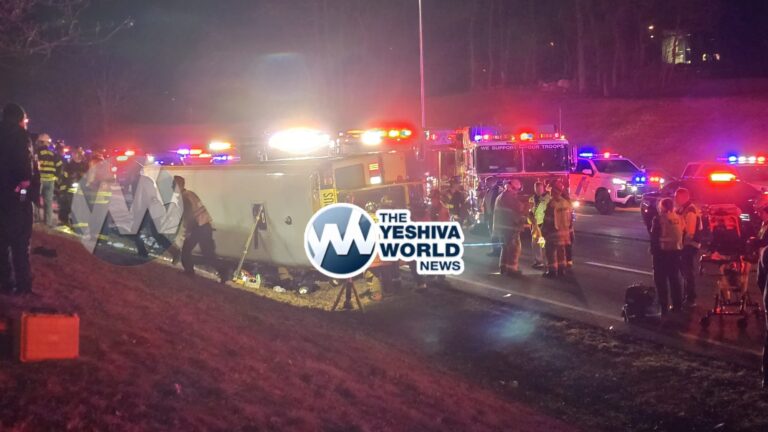 Investigators continued their search Sunday for wreckage and victims from the fatal midair collision of a small plane and a helicopter over the Hudson River.
Investigators continued their search Sunday for wreckage and victims from the fatal midair collision of a small plane and a helicopter over the Hudson River.
Three victims have been recovered from the river. Another has been located, and five more were missing. Scuba divers were able to locate the helicopter, and now have turned their attention to finding the plane.
The National Transportation Safety Board arrived on the scene Saturday night and opened an investigation into the crash.
The tragedy over the Hudson unfolded just before noon on a clear sunny day. At the 30th Street heliport, five Italian tourists and a pilot, reportedly named Jeremy Clark of New Jersey, took off in a Eurocopter AS-350 operated by Liberty Tours.
Across the river a small plane had just departed Teterboro Airport with a pilot and two passengers.
Soon both were above the Hudson.
The NTSB’s Debbie Hersman said that back at the heliport, a fellow chopper pilot who was re-fueling, saw impending trouble in the skies.
“He said he was looking west and the accident helicopter was heading south. He saw a small single-engine aircraft approaching behind the helicopter. He radioed the helicopter and told them one, Lima hotel you have a fixed-wing behind you. There was no response from the pilot,” Hersman said.
At that point the right wing of the airplane came in contact with the helicopter. Witnesses described chaos in the air as both aircraft tumbled into the river.
“Something hit, something hit the blade. I saw the blades come off and the helicopter goes nose down,” one witness said.
As onlookers on the Jersey shore ran for cover, rescue crews rushed to the scene, and police divers were dispatched.
Divers quickly found the ill-fated chopper with bodies inside. But the recovery effort was hampered by the murky waters and difficult currents.
As recovery crews resume their search for bodies and wreckage, officials from the National Transportation Safety Board say it’s too early to speculate over what caused the crash.
“We’re going to be looking at information about the aircraft, the age of the aircraft, maintenance of the aircraft, operations of the aircraft,” said NTSB Chair Deborah Hersman. “But we do have some early information from witnesses on scene helping us to put together the accident sequence. As well as some video or some still footage that I know that you all have seen. That kind of information is very helpful to our investigators.”
The NTSB does not expect to recover a black box or cockpit voice recorder because they’re not required on either aircraft.
The agency is asking anyone with footage or pictures to come forward, and is warning anyone who comes across any wreckage not to touch it.
The Hudson River is a hotspot for sightseeing tours, but some pilots say the busy skyline can pose a challenge.
The Federal Aviation Administration says small planes like the ones that collided are restricted to flying below about 1,000 feet. Pilots flying at low altitudes are supposed to practice what’s called “see and avoid.”
“You look out for each other. In the case of the hudson river there’s a radio frequency and everyone’s supposed to self announce. You might say ‘I’m taking off from 30th Street.’ Or ‘I’m at the Statue of Liberty heading northbound.’ By listening in, you get a sense of where everyone else is and you can look out for the traffic,” said Commercial Airline Pilot Ian Dutton.
The FAA has issued a temporary flight restriction for small aircraft over the Hudson. Only search, medical and law enforcement personnel will be allowed to fly below 2,000 feet in a three nautical mile radius while the hunt for bodies and wreckage continues.
Meanwhile, a report from the Federal Department of Transportation issued less than a month ago criticized the FAA for providing weaker oversight to “on demand” flight companies — which are hired to fly aircraft that seat less than 30 people — than for commercial airlines.
On-demand pilots are required to have a minimum of 500 hours of flight experience and a commercial license.
Commercial airline pilots need three times more experience and a more difficult air transport license.
On-demand flights also don’t need warnings systems, cockpit voice or data recorders or in-flight radar systems. Many of the regulations governing the industry haven’t been updated since 1978.
“We’ve seen a number of accidents involving charter operators or smaller aircraft,” Hersman said. “We’ve also done some air tour investigations and we’ve made some specific recommendations from those.”
Since 2002, the NTSB has made more than a dozen safety recommendations, none of which have been implemented.
The FAA says it is developing a new safety system for on-demand pilots, but it isn’t scheduled to fully take effect for at least four years.
(YWN-32 / YWN-008 / Sources: WCBSTV / NY1)










